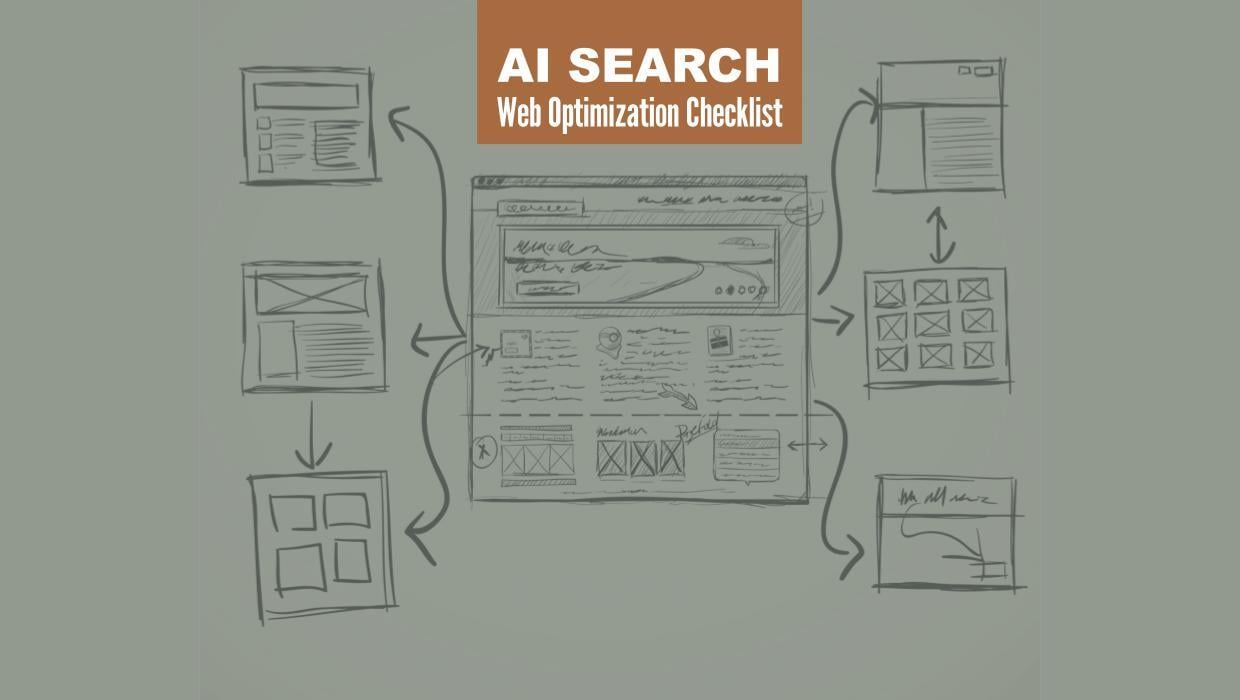6 Best Practices for the Optimal Email Length
Written by
 “How long should my email be?”
“How long should my email be?”
For better or worse, text length is often the first question asked about any writing task, regardless of subject, audience, or medium — from assigned papers in school to social media posts. In fact, a quick Google search reveals that people are still in search of a magic number to answer the perennial question, “How long should a marketing email be?”
While brevity is always good advice, if you’re an email marketer expecting to find a single answer to all your questions about email word counts, well — expect disappointment.
Optimal Length is About More Than Word Count
While the snippet suggests a range of 50 to 125 words, one problem with such a simplistic solution for your email word count is this: Every email is unique. And if your email isn’t so unique, well, maybe that’s a more important problem to tackle than your word count. For companies just diving into inbound marketing, many of the most frequently asked questions we receive revolve around content piece length — especially when it comes to email marketing.
“How long should a subject line be?”
“What about preview text?”
“Is there a best subject line length for mobile users?”
“Do these images make my emails too big?”
And while thousands of marketers and businesses still ask these questions as if a one-size-fits-all solution exists, the all-purpose answer — that it depends — is not exactly satisfying. So, to offer guidance you can act on, let’s take a closer look at the different parts of your email and help you determine the right length of copy for each email component.
First, let’s give some thought to your first impression: your email subject line.
Subject (Line) to Brevity
Whoever said not to judge a book by it cover obviously never had an inbox full of spammy email subject lines. In fact, 47% of people report that the subject line influences whether they open an email. So, what’s the magic number to get recipients’ attention?
It turns out Shakespeare was onto something when he said, “Brevity is the soul of wit.” Consider that 30-50% of B2B email is opened on mobile devices that only display 30 to 40 characters in a subject line. I’ve even seen a report that subject lines with fewer than 10 characters (take note, the word characters is 10 characters long) saw a 58% open rate. While that’s a pretty simple answer, it turns out to be a pretty difficult solution to achieve. Go ahead, take a minute and see what you can come up with in 10 characters or fewer. (My best was, “I dare you.”)
1. An Emoji is Worth at Least a Few Words
Emojis offer a great way to get your message across, keep your subject line brief, and spur contacts to open your email. A 2018 study by Experian found that 56% of brands that used emojis in their subject lines had higher unique open rates. But use emojis sparingly — too many, and you risk being flagged for the spam folder.
2. Peak Subject Line Length: One to Five Words
A 2020 study showed that the most successful emails had subject lines between one and five words in length. This supports Shakespeare’s premise that effective language is succinct and clear. Your perfect subject line strikes a balance between concisely conveying the contents of your email and making your point briefly enough to be read on a phone or mobile device. Always keep mobile users in mind since mobile recipients account for almost half of all email opens.
3. Count Characters, Not Words
It’s even more important to consider character count over word count. Why? Because at 80 characters, most email platforms will cut off your text and hit you with the dreaded ellipsis. Avoid the dreaded curse of “TL;DR” and keep subject lines under 50 characters for best results. While that’s easier said than done, we recommend a disciplined writing process. Know what you want to say, write it, and then cut and revise for length.
Mind the Body (of Your Email)
Now that you’ve convinced your contact to open your email, how will you persuade them to act? Are you going to use 20 words...200...or maybe 2,000?
Once again, it depends. Just as your subject matter, purpose, and audience are unique, your best email length is influenced by all those factors, and should be unique, too.
4. Whose Inbox Are You Writing For?
The most important question to ask yourself when determining the correct length of an email is, “To whom am I sending this email?” It matters because your audience is made up of many individuals, all with their own unique demographics, interests, and reading habits. Ultimately, they — not some random blog — will be the judges of whether your email is the right length (though I’ve heard this blog gives pretty good advice).
Need an example? Check out this newsletter from the marketing team at Brain Pickings. Though a lot of people might see the length of this email and head straight for the “delete” button, Brain Pickings knows their audience is populated by intellectual, avid readers who love literature and highbrow pop culture. Their content plays right into their contact persona’s wheelhouse, so they can be confident about the length of their email.
5. What are You Writing About?
As you consider how long your email should be, take a moment to consider exactly what you’re talking about. Are you simply offering subscribers a call to action like a special coupon or discount, or are you announcing the results of your yearslong worldwide research project or an industry-changing piece of automation equipment? Surely you’d expect to see more text in the latter; at the same time, you probably would not include every detail of your study’s outcome or step-by-step details on how to use the equipment.
One tried and true way to keep your email interesting and yet concise is to use excerpts from the original content, paired with links to the rest of the longer piece. After all, often your intent is to spur engagement with your online content.
6. What Kind of Email is it?
Once you know what you’re writing about, you need to determine the purpose of your message. Are you promoting a new product or service, or are you sending out a regularly scheduled newsletter? Chances are, you’d expect the weekly recap email of industry and company news to be longer than a message promoting, let’s say, a new ice cream flavor.
That said, over time, your fans, prospects, and email subscribers will begin to formulate a set of expectations for the different types of emails you send them — especially those you send on a regular basis, like subscriber newsletters.
If you notice that one type of email begins to underperform in terms of open and click-through rates, try switching up the length. If it seems too wordy, try breaking up long text blocks with more graphics and visual content. Focus on including a few very compelling, very easy-to-read tidbits within the whole. If your email seems too short, beef it up with detail.
Use a combination of interesting facts and compelling statistics to wow readers, and spur them to action — for example, did you know that 46% of people read blogs more than once a day? It’s true! And businesses that blog achieve 126% more lead growth than businesses that don’t blog.
The Bottom Line
While you may have long since graduated, and you’re no longer worried about assigned papers, essay exams, and word counts, the truth is that every email you send is a test. Just like those memorable professors who didn’t assign specific word counts but docked points when you were clearly adding fluff to make up for lack of knowledge, your audiences offer feedback with every send. Your open and click-through rates are grading your work, in terms of your email performance.
So, craft your emails with the same consideration as you would a written exam, and as long as your email content is clear, concise, and compelling, the quality of your work will eliminate any doubts about quantity.
Subscribe To Our Blog
Information. Insights. Ideas. Get notified every time a new Weidert Group blog article is published – subscribe now!
You May Also Like...

Search Engine Optimization
Optimize Your Industrial Website for AI Search

Marketing Technology
Why Unified Data Efforts Fail (and How Manufacturers Can Fix It)

Search Engine Optimization
How Falcon Rebuilt Industrial AI Search Visibility in 2025
Accelerate Your Growth with
Weidert Group
If you’re ready to explore a partnership, request a personalized consultation with our team.

